
Welcome to CivilGEO Knowledge Base
Welcome to CivilGEO Knowledge Base

Welcome to CivilGEO Knowledge Base
Welcome to CivilGEO Knowledge Base
CivilGEO’s software helps engineers create hydrology projects with eye-catching details, making them easier to understand, analyze, and present, giving them an edge over competitors. By using OpenGL’s powerful features, our software produces stunning graphics, making the project design process more exciting. OpenGL is a widely adopted 2D and 3D graphics API (Application Programming Interface) that is used to create high-performance graphics software applications in fields such as CAD (Computer Aided Design), game development, virtual reality, etc.
When you start up CivilGEO software, you might encounter an unusual error caused by incorrect initialization of OpenGL as shown below, which relies on your graphics card’s driver package.
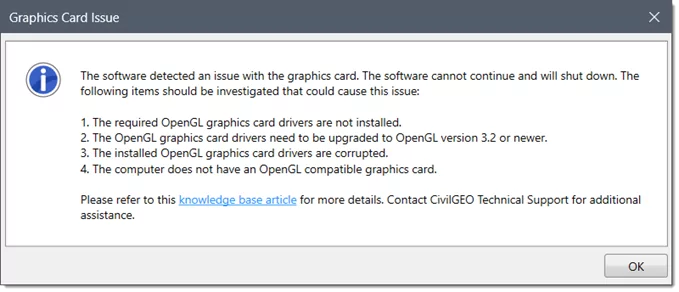 This type of error usually occurs when the graphics or display card of the computer does not meet the minimum requirements for operating CivilGEO software. Refer to this article in our knowledge base to learn more about minimum software system requirements.
This type of error usually occurs when the graphics or display card of the computer does not meet the minimum requirements for operating CivilGEO software. Refer to this article in our knowledge base to learn more about minimum software system requirements.
However, the user may find the above error misleading/false, even if their computer’s graphics card meets the software’s system requirements. This error message displayed in this scenario may occur due to corrupted OpenGL drivers associated with the graphics card.
To fix the corrupted OpenGL graphics drivers, follow the below troubleshooting steps:
![Click on the [Download] button](/wp-content/uploads/sites/25/2024/03/Troubleshooting-Graphics-Driver-for-OpenGL-Image-2.png)
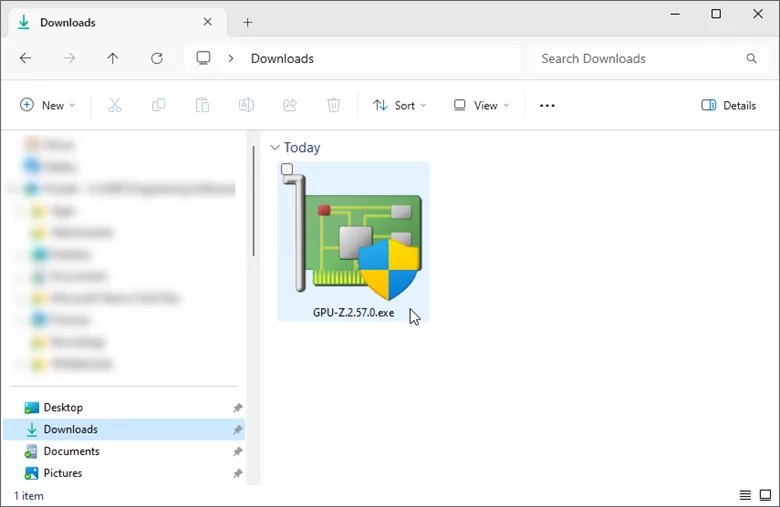
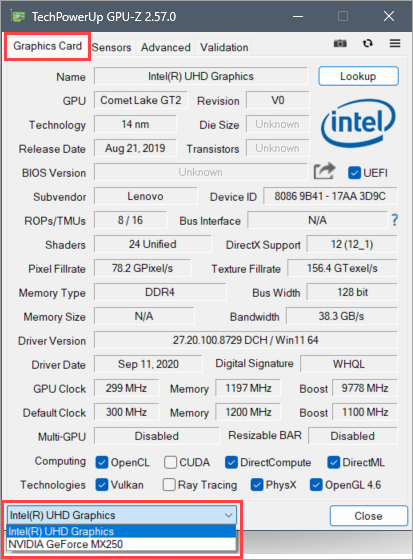
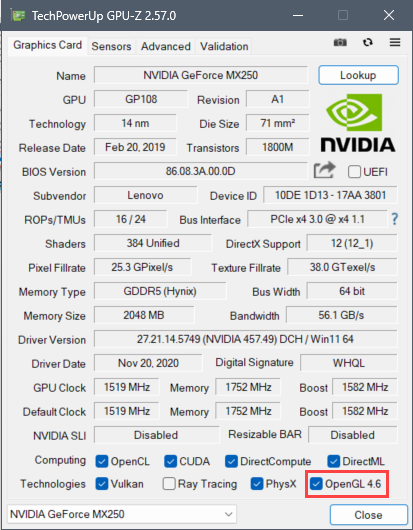
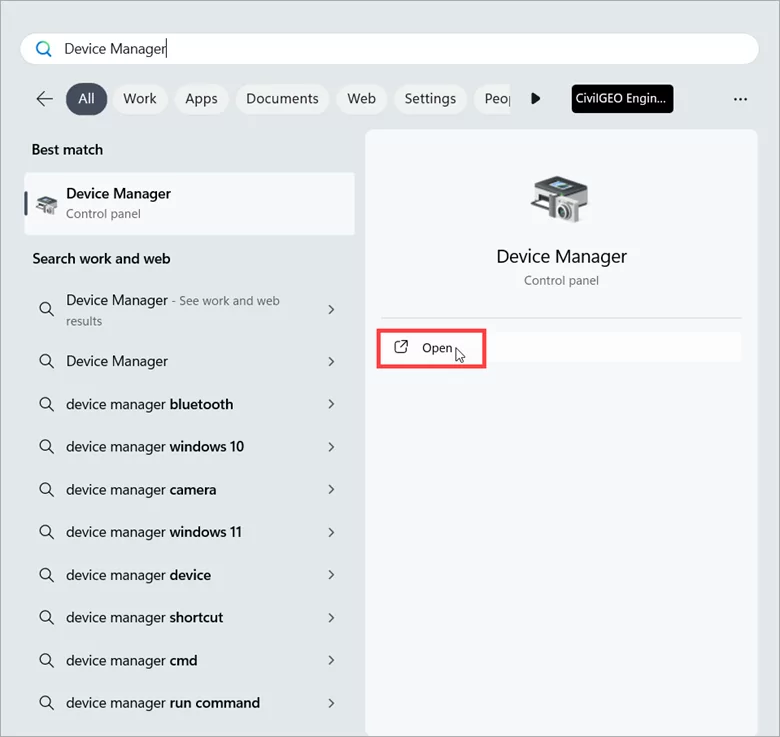
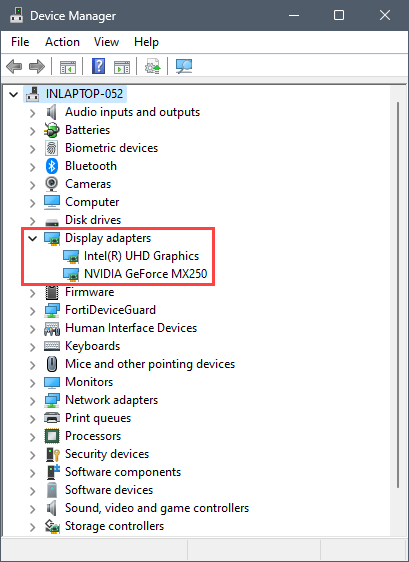 Note: By default, the CivilGEO software is programmed to utilize the graphics card of the higher configuration to manage OpenGL without any compatibility issues. The configuration of the graphics card can be viewed in the GPU-Z utility in Step 2.
Note: By default, the CivilGEO software is programmed to utilize the graphics card of the higher configuration to manage OpenGL without any compatibility issues. The configuration of the graphics card can be viewed in the GPU-Z utility in Step 2.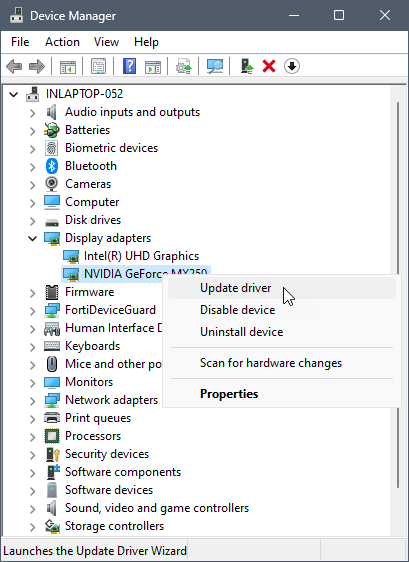
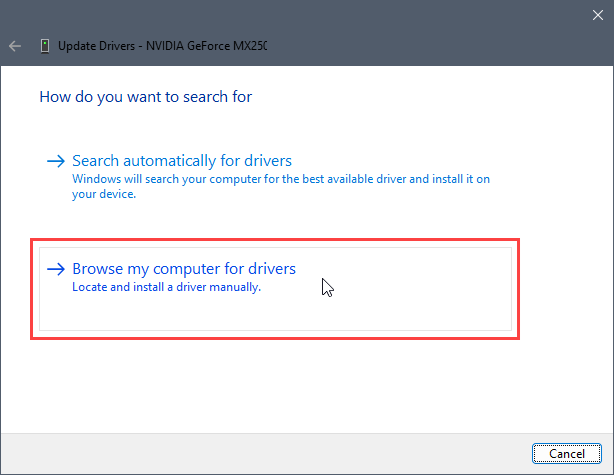
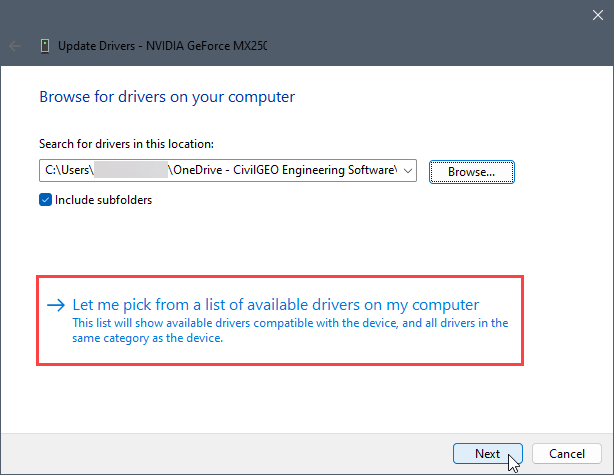
![Click on the [Next] button](/wp-content/uploads/sites/25/2024/03/Troubleshooting-Graphics-Driver-for-OpenGL-Image-11.png) Note: The number of drivers can differ depending upon the graphics card specifications.
Note: The number of drivers can differ depending upon the graphics card specifications.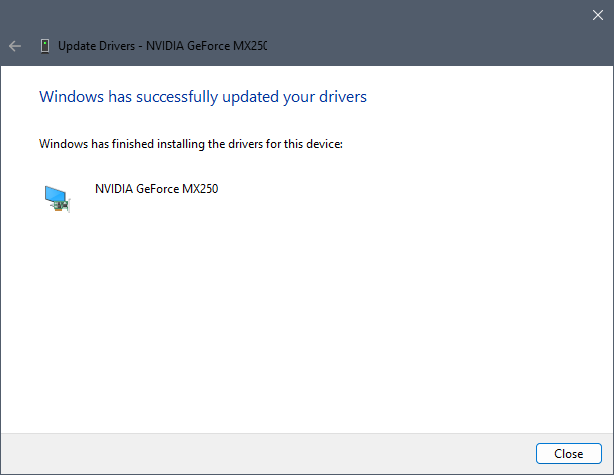
If you are still encountering issues, contact CivilGEO technical support. They will be glad to assist you further.
 1-800-301-02-955
1-800-301-02-955
 608-729-5100
608-729-5100
(US and Canada)
 [email protected]
[email protected]
 +1 608-729-5100
+1 608-729-5100
CivilGEO India
Graphix Tower, A-13 A
3rd Floor, Sector 62
Noida, Uttar Pradesh 201309
IndiaTel:
1-800-301-02-955 or
+91 022-3831-8601
CivilGEO United States
8383 Greenway Blvd
6th Floor
Middleton, WI 53562
USATel:
608-729-5100 or
800-488-4110
Copyright © CivilGEO, Inc. All rights reserved. The CivilGEO logo, “GeoSTORM”, “GeoHECHMS”, “GeoHECRAS”, and “Ready To Engineer” are registered trademarks of CivilGEO,Inc.
All other brands, company names, product names or trademarks belong to their respective holders.
We use cookies to give you the best online experience. By agreeing you accept the use of cookies in accordance with our cookie policy.
When you visit any web site, it may store or retrieve information on your browser, mostly in the form of cookies. Control your personal Cookie Services here.
The ZoomInfo WebSights snippet drops three cookies to track Unique Visits:
1. _pxhd - Related to the Perimeter X security layer (Perimeter X isused to prevent bot attacks).
2. _cfduid - Related to the CloudFlare security layer (CloudFlare is the Network Security protocol that ZoomInfo uses to orchestrate the rate limiting rules).
3. visitorId - This is how WebSights identifies recurring visitors








